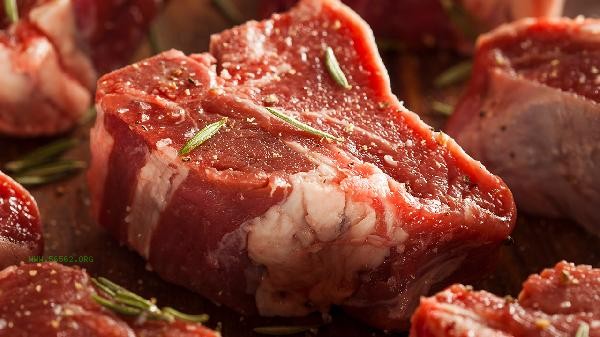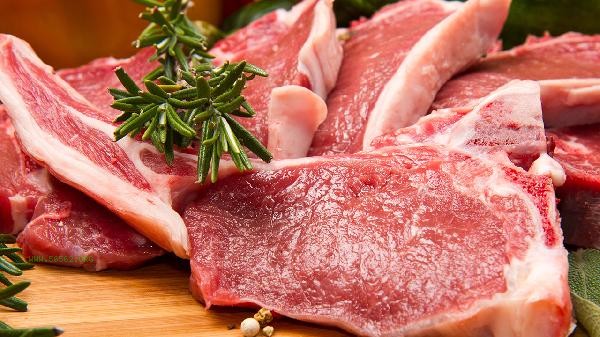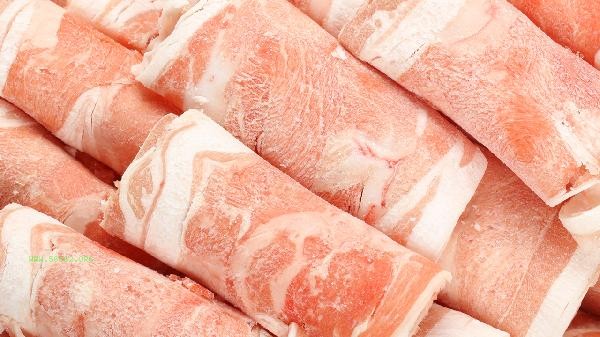If there is too much lamb that cannot be eaten, it can be processed by freezing it separately, making meat sauce, sharing and gifting it, processing it into semi-finished products, and pairing it with other ingredients.

1. Packaging and freezing
Divide the remaining lamb meat into sealed fresh-keeping bags or boxes according to the single consumption amount, squeeze out the air, label the date and place it in the freezer layer of the refrigerator. Freezing storage can extend the shelf life of lamb meat to several months, and transferring it to the refrigerator in advance for slow thawing can maximize the freshness and tenderness of the meat. Be careful to avoid repeated thawing and freezing, and use separate packaging each time.
2. Making Meat Sauce
Chop the cooked lamb and stir fry it with seasonings such as Douban sauce and Sichuan pepper powder to make lamb sauce. After bottling, refrigerate and store it for a long time. Lamb sauce can be used for mixing noodles, filling bread, or as a dipping sauce for hot pot. It can not only consume a large amount of leftover lamb, but also enrich the flavor of daily diet. Adding oil and salt appropriately during production can help extend the shelf life.
3. Sharing and gifting
Fresh lamb is packaged and given as a gift to family, friends, and neighbors, which can not only avoid waste but also enhance interpersonal relationships. It is recommended to give priority to fresh meat that was not cooked in a timely manner on the same day, and to clearly inform the storage status of frozen lamb. For single or small families, sharing is the most direct way to solve a large amount of food.

4. Processing into semi-finished products
Pretreate mutton into semi-finished products, such as mutton balls, mutton rolls, etc., and steam them until cooked and then freeze them. This type of semi-finished product can be consumed by simply heating it, making it suitable for quickly making lamb soup, hotpot, and other dishes. Carrot shavings, mushroom powder and other ingredients can be mixed during processing to enhance nutritional diversity.
5. Mix with other ingredients
Use leftover lamb to make composite staple foods such as lamb pilaf and lamb stew cakes, and expand the consumption by combining basic ingredients such as rice and flour. This type of method can evenly distribute lamb as an auxiliary ingredient, which not only controls the single intake but also enhances the overall flavor, especially suitable for processing lamb with slightly inferior taste after freezing.

When dealing with leftover lamb, it is important to choose the appropriate method based on the meat quality. Fresh lamb should be refrigerated or processed immediately, while frozen lamb is suitable for stewing and cooking for a long time. It is recommended to purchase according to daily needs, and large meat can be cut and processed in batches. During the storage process, it is necessary to strictly seal to avoid cross flavors, and thawed lamb should be thoroughly heated before consumption. By planning and creatively cooking, one can avoid food waste and enjoy a variety of lamb dishes.








Comments (0)
Leave a Comment
No comments yet
Be the first to share your thoughts!